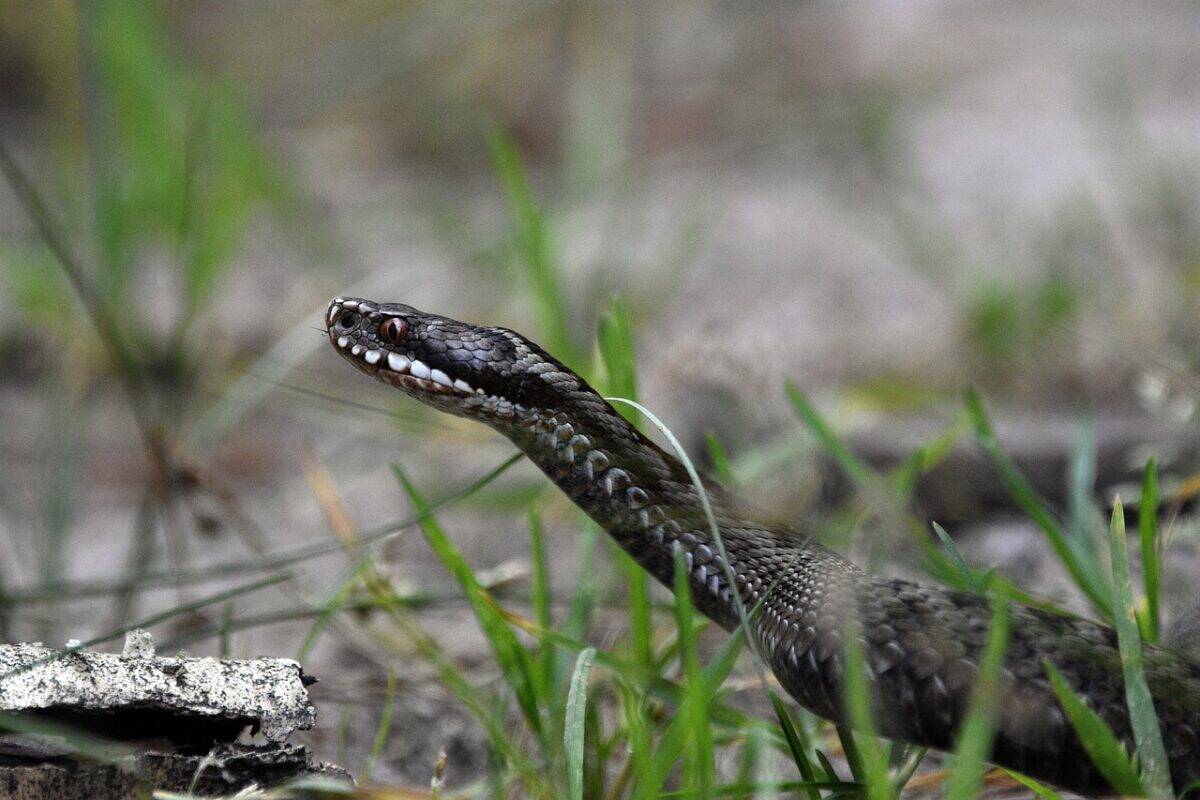Animals and wildlife have always fascinated humans, offering insight into the intricate tapestry of life on Earth. Among the vast array of creatures, those that begin with the letter “V” stand out for their unique characteristics and ecological importance. This article delves into fifteen intriguing animals starting with “V,” highlighting their habitats, behaviours, and significance in the natural world. Let’s embark on this educational journey and discover the diversity and wonder these animals bring to our planet.
15. Vampire Bat

The vampire bat, found in Central and South America, is well-known for its nocturnal feeding habits. Unlike myths suggest, vampire bats do not drain their prey of blood; rather, they consume small amounts using their razor-sharp teeth. These bats have a specialized anticoagulant in their saliva to facilitate feeding. Vampire bats play an essential role in controlling insect populations and contribute to the ecosystem’s balance.
14. Vaquita
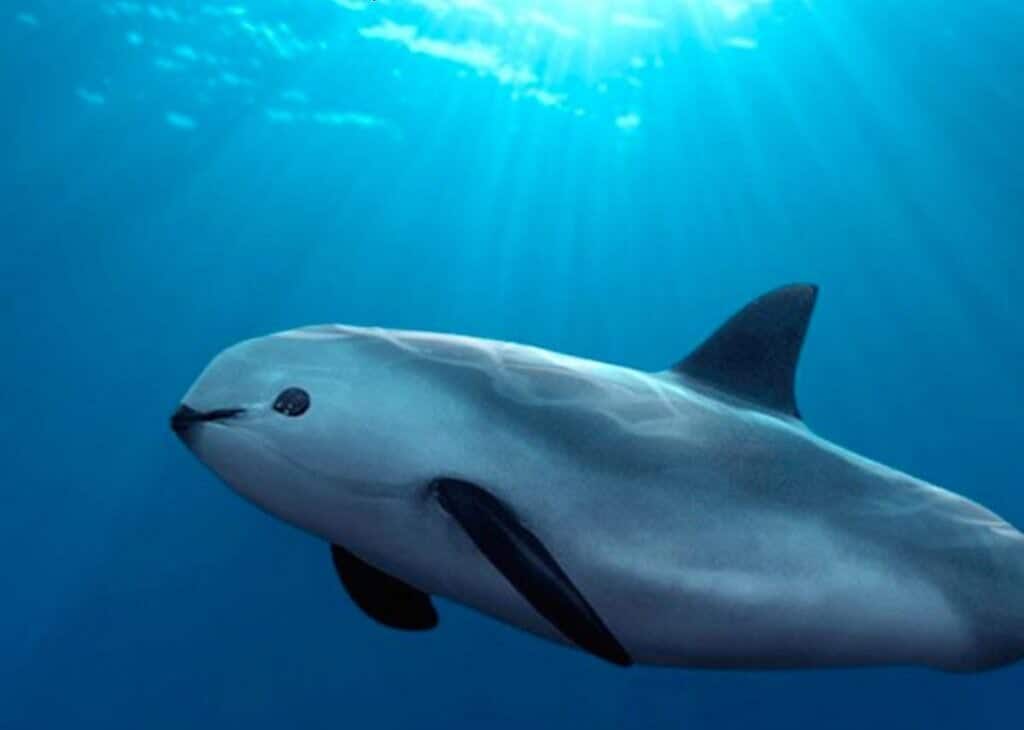
The vaquita is one of the smallest and most endangered marine animals in the world. Residing in the northern part of the Gulf of California, these tiny porpoises face severe threats from illegal fishing activities. With fewer than 10 individuals left, conservation efforts are critical to their survival. The vaquita’s plight highlights the urgent need for sustainable marine practices to preserve biodiversity.
13. Vervet Monkey
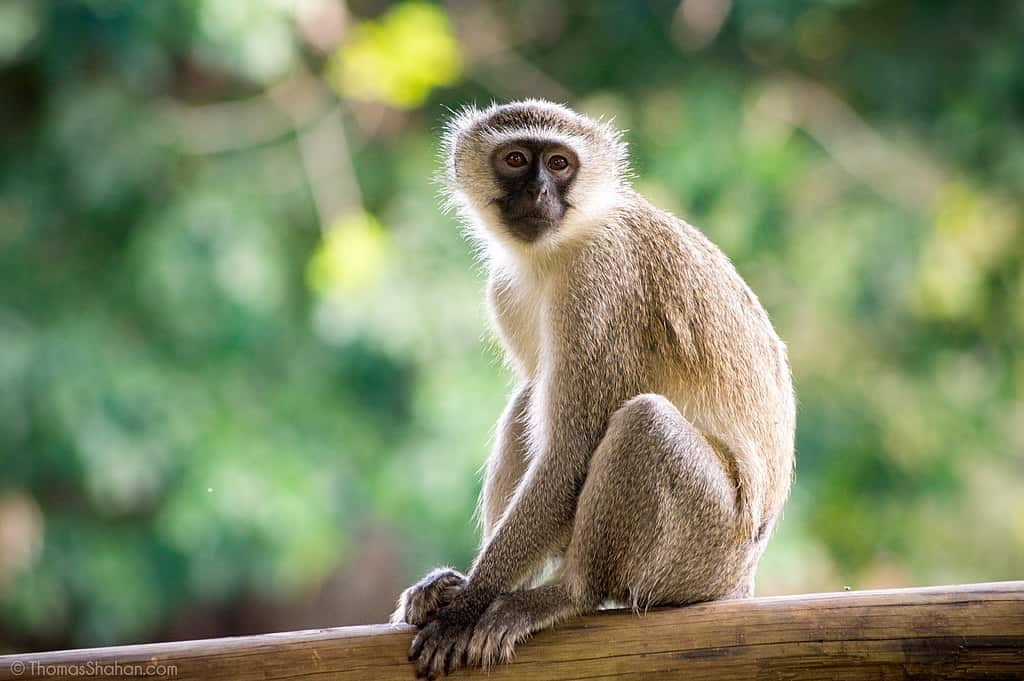
Vervet monkeys are small primates native to Africa. They are highly social animals, living in troops that can number up to 70 individuals. Vervet monkeys are known for their distinct alarm calls, which alert members of varying dangers such as eagles or snakes. These agile creatures play a pivotal role in seed dispersal, helping to maintain healthy ecosystems in their natural habitats.
12. Visayan Warty Pig
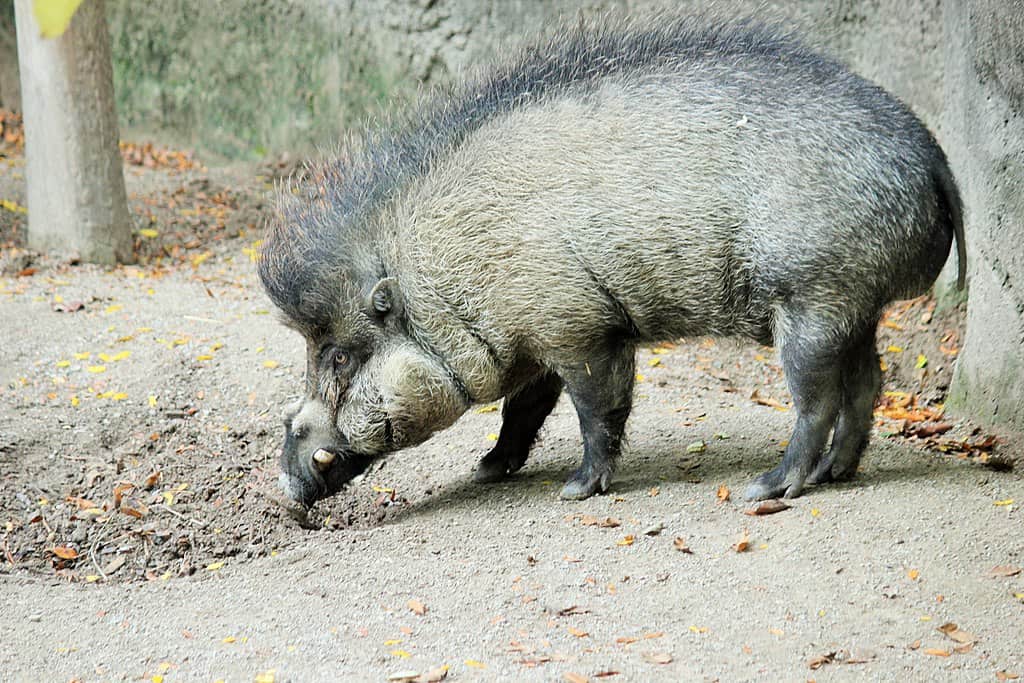
The Visayan warty pig is a critically endangered species native to the Visayan islands in the Philippines. Recognizable by their distinctive facial warts, these pigs play an essential role in forest ecosystems by dispersing seeds and maintaining soil quality. Conservation programs are vital to revive their dwindling populations, highlighting the importance of protecting their natural habitats from deforestation and hunting.
11. Violet-Backed Starling
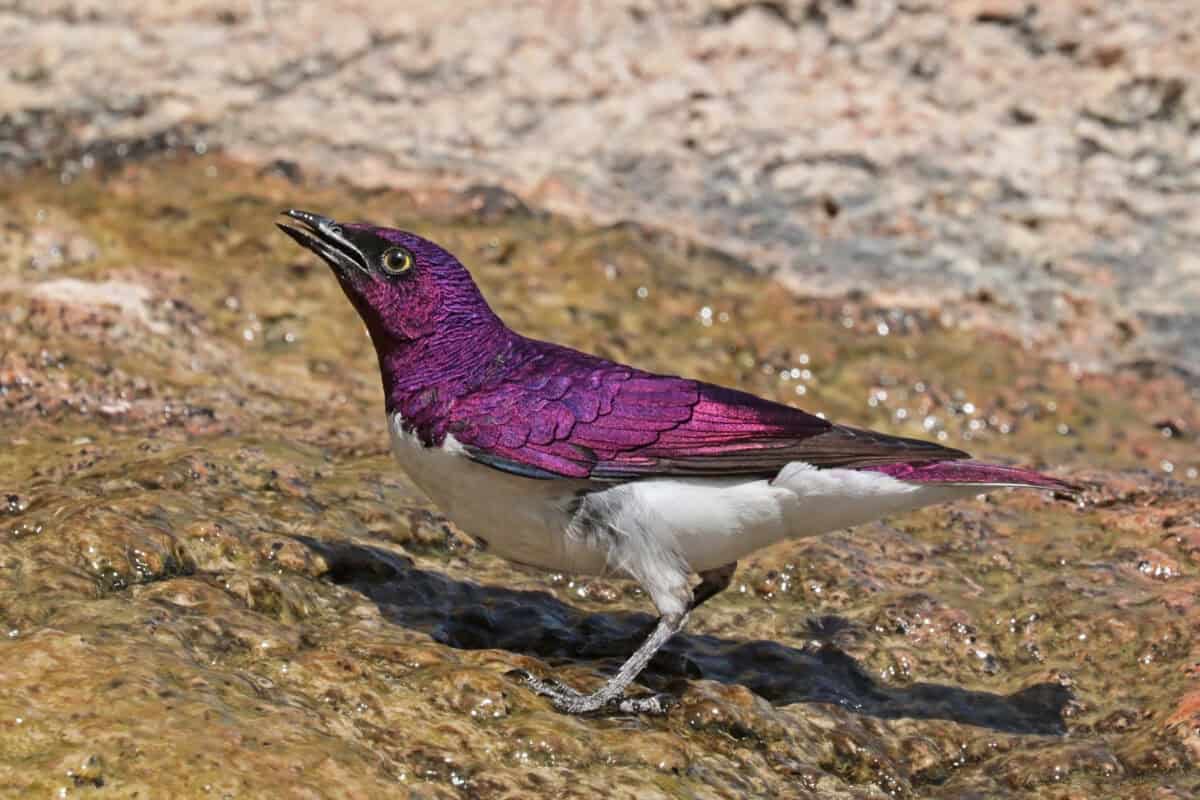
Known for its stunning iridescent plumage, the violet-backed starling is a small bird found in sub-Saharan Africa. They are sexually dimorphic, with males sporting vibrant purple feathers and females appearing brownish. These starlings thrive in savannas and woodlands, contributing to the ecosystem by controlling insect populations and spreading seeds through their diet of fruits and insects.
10. Valley Quail
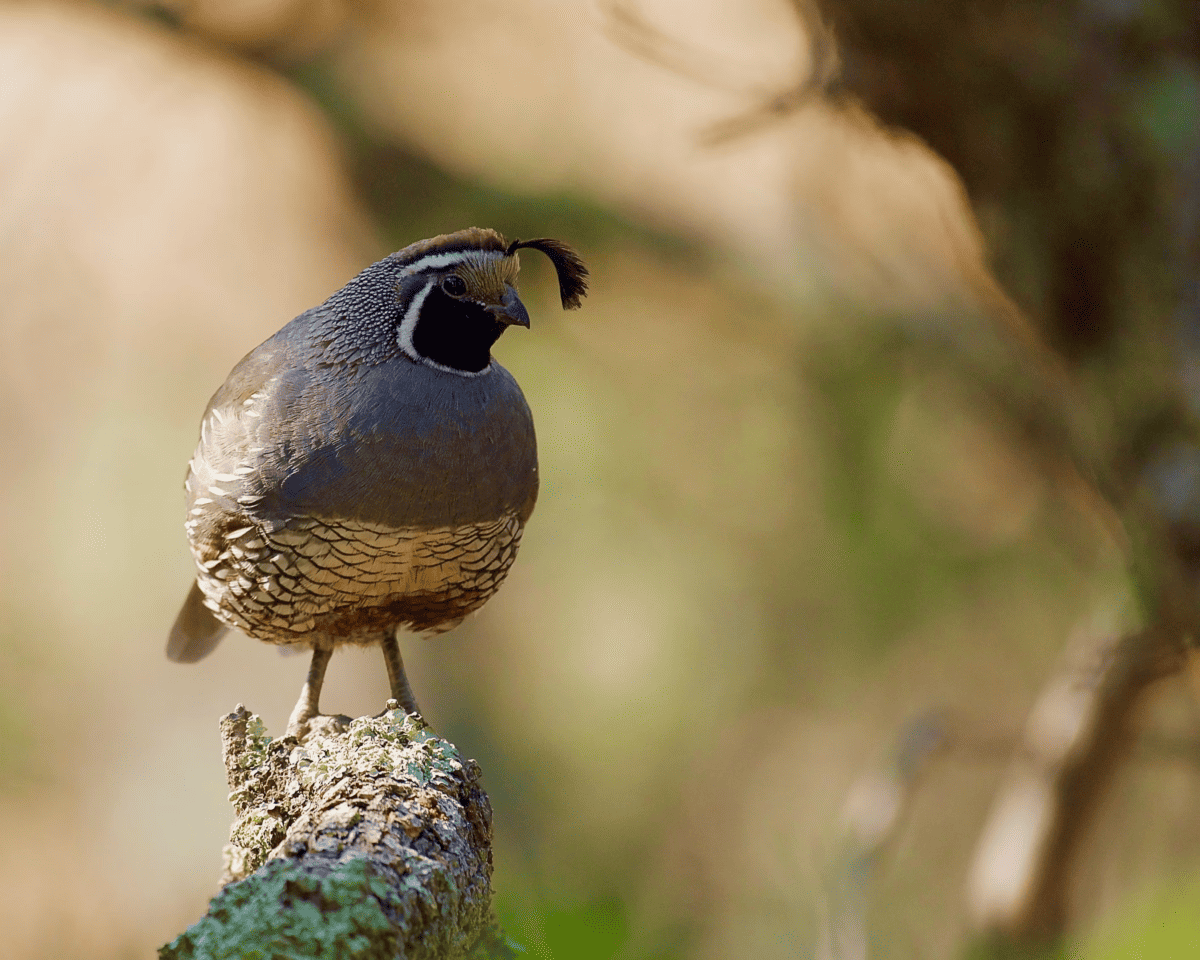
The California valley quail, also known as the California quail, is a small ground-dwelling bird native to the western United States. Recognizable by the forward-curving black plume on their heads, these birds thrive in chaparral, grassland, and woodland habitats. They are social animals, forming coveys that aid in their defense against predators. Valley quails enrich their environment by aerating the soil as they forage.
9. Velvet Worm

Velvet worms, belonging to the phylum Onychophora, are fascinating creatures often mistaken for worms due to their soft, elongated bodies. They inhabit moist forest floors across the southern hemisphere and are known for their predatory slime attack on unwary prey. Velvet worms contribute to nutrient cycling in their ecosystems, serving as both predator and prey within the food chain.
8. Vinegaroon

The vinegaroon, or whip scorpion, may appear intimidating, but they are harmless to humans. These arachnids are named for the vinegary odor produced when threatened. Found in arid climates of the southern United States and Mexico, they contribute to controlling insect populations, including pests like termites and cockroaches, thus playing an integral role in agricultural pest management.
7. Victorian Crowned Pigeon
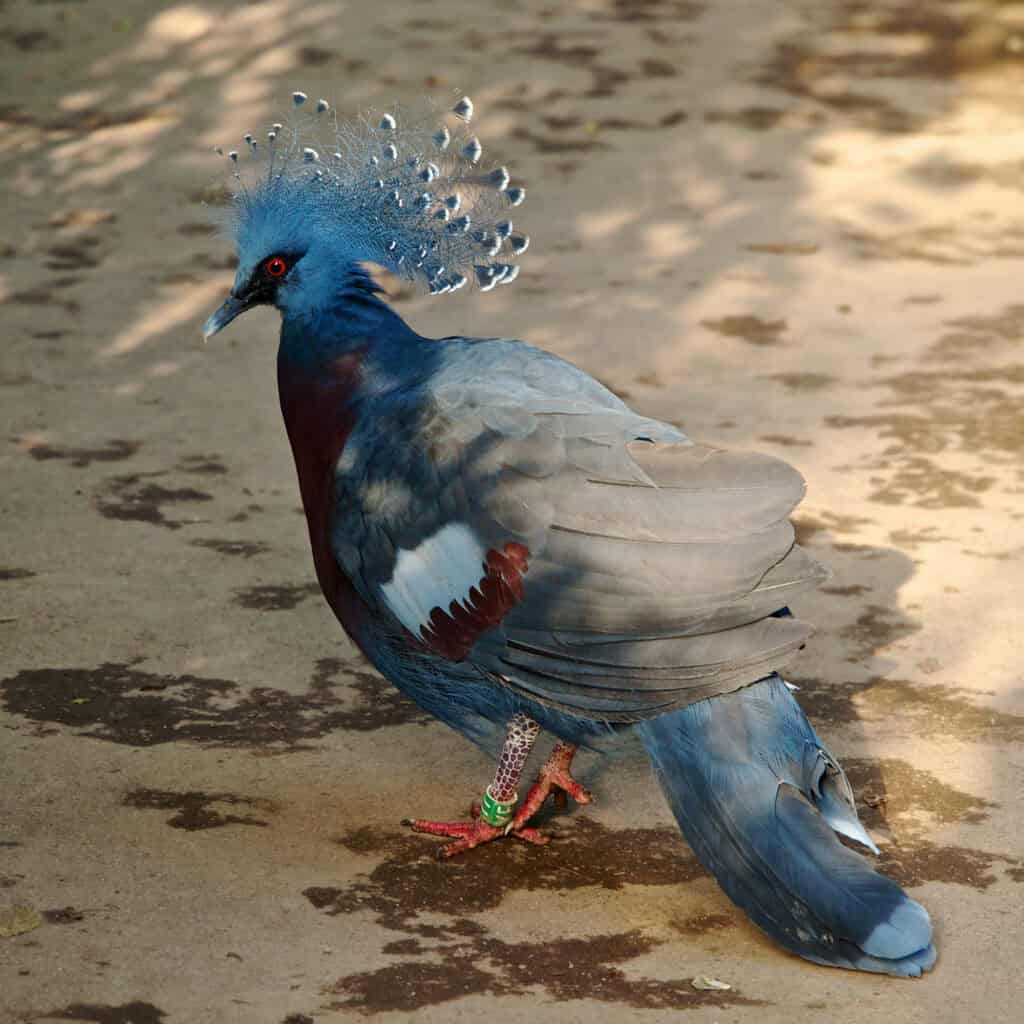
The Victorian crowned pigeon is the largest and most magnificent of all pigeons, adorned with elegant lace-like crests. Native to Papua New Guinea, these birds inhabit forested areas and are crucial for seed dispersal due to their fruit-based diet. Besides being a symbol of beauty, their presence indicates healthy forest ecosystems essential for various wildlife species.
6. Viscacha
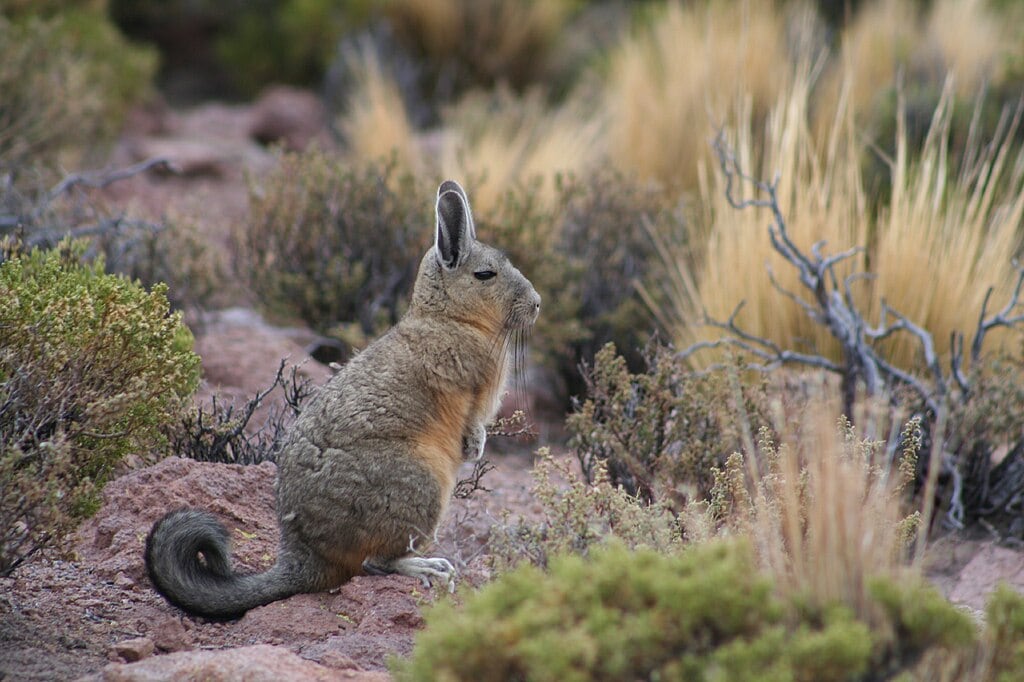
Viscachas are rodent species native to South America, resembling a cross between chinchillas and rabbits. These social animals live in colonies and are active during twilight hours. Viscachas influence their environment by creating burrows that provide habitats for other species and help in soil aeration. Their unique adaptations to arid environments showcase the evolutionary marvels of wildlife.
5. Viper

Vipers represent a family of venomous snakes found worldwide except for Australia and Antarctica. Known for their long, hinged fangs, vipers have a potent venom used to immobilize prey. In their ecosystems, they regulate populations of small mammals and bring balance to the food chain. While feared, many viper species face habitat loss and require conservation efforts to protect their ecological role.
4. Vanga
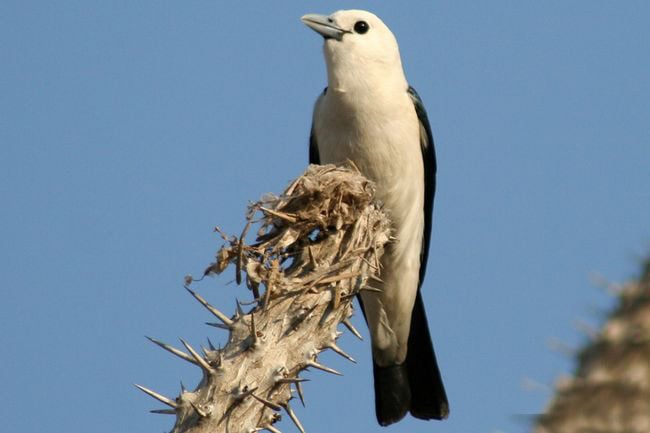
Vangas are a group of birds endemic to Madagascar, noted for their extraordinary diversity in size, shape, and plumage. Some vanga species mimic woodpeckers by chiseling bark to extract insects, while others exhibit unique bill shapes adapted to different feeding methods. Vangas play a critical part in pest control and pollination, showcasing Madagascar’s exceptional biodiversity.
3. Violet-Crowned Hummingbird
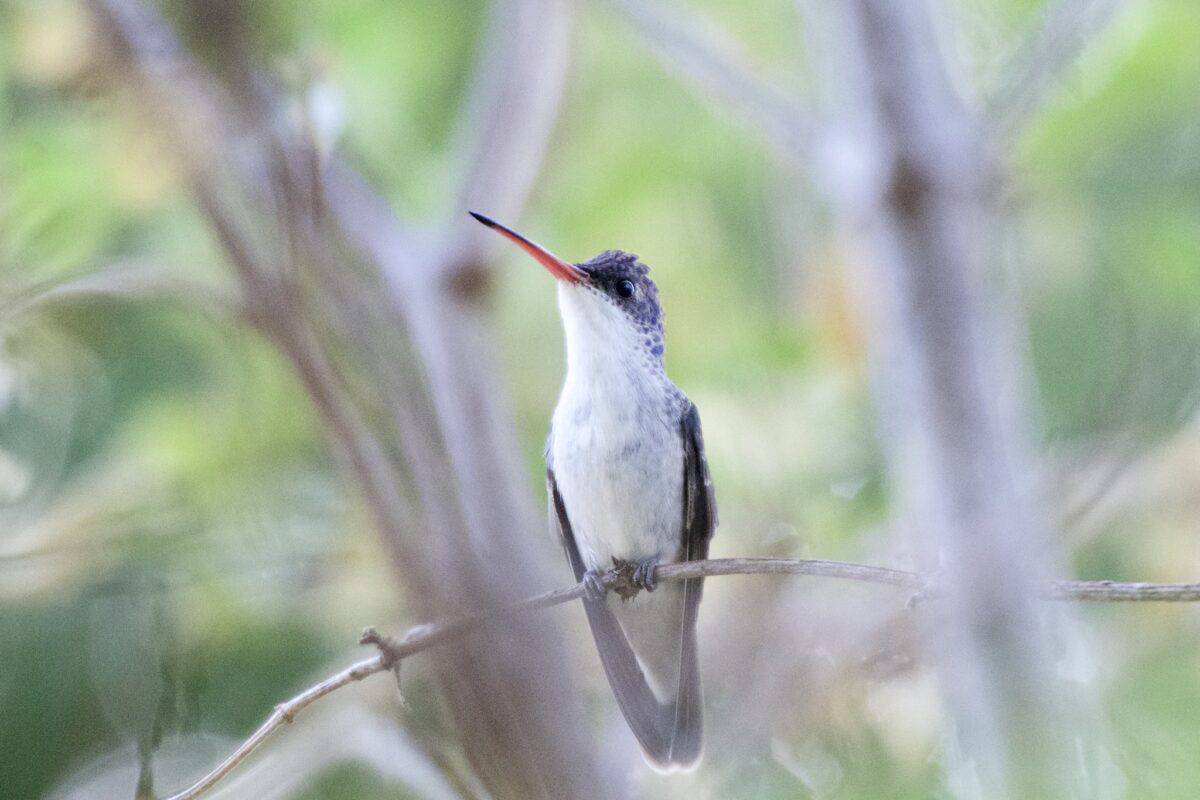
The violet-crowned hummingbird, with its striking iridescent violet crown, is found in the southwestern United States and Mexico. These tiny birds are vital pollinators, feeding on nectar from flowers and in turn facilitating plant reproduction. Their vibrant presence promotes the health and diversity of flowering plants, demonstrating the interconnectedness of ecosystems.
2. Vole
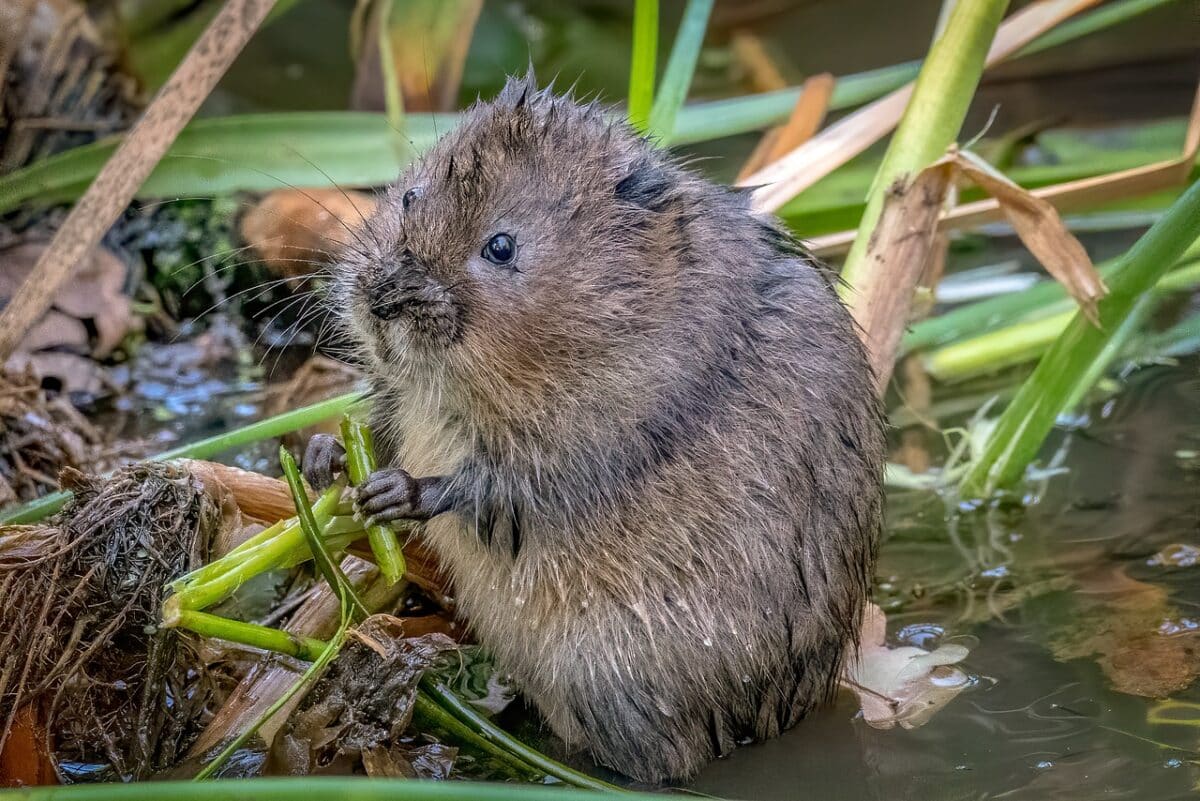
Voles are small rodents widespread across North America and Eurasia. Known for their rapid reproduction rates, they can quickly influence plant community dynamics through their foraging activities. While they might be considered pests in agriculture, voles are essential prey for many predators, including birds of prey and carnivorous mammals, maintaining the ecological balance.
1. Vervet Catfish
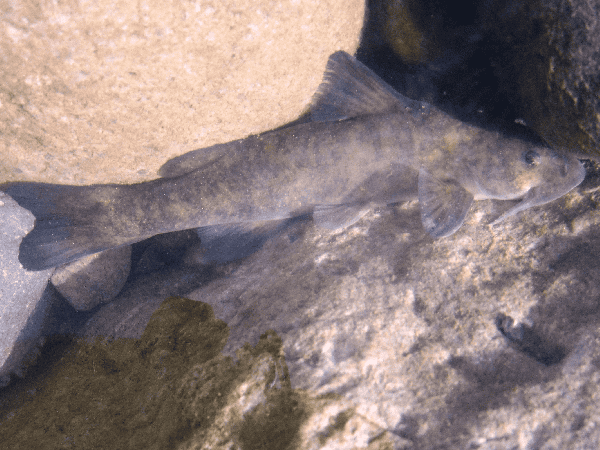
Also known as the vleis or sharptooth catfish, the vervet catfish is an opportunistic feeder inhabiting a wide range of freshwater environments in Africa. With their robust adaptability to various aquatic habitats, they contribute to the biodiversity and functionality of freshwater ecosystems. Their scavenging nature helps in cleaning aquatic systems, highlighting their ecological contributions.
The animals that start with “V” showcase the richness and complexity of life’s remarkable tapestry. From the vampire bat’s intricate feeding mechanism to the vaquita’s struggle for survival, these creatures reflect nature’s perseverance and adaptability. As we explore and understand their roles, it becomes evident that preserving their habitats and supporting conservation efforts are critical. These animals not only enrich our world with their presence but also teach us about the delicate balance necessary for a thriving planet. Whether through education or conservation, every effort counts in ensuring their continuity in our shared ecosystem.
- Why Zebras Roll in Dust and Mud - August 9, 2025
- America’s Most Endangered Mammals And How to Help - August 9, 2025
- The Coldest Town in America—And How People Survive There - August 9, 2025

